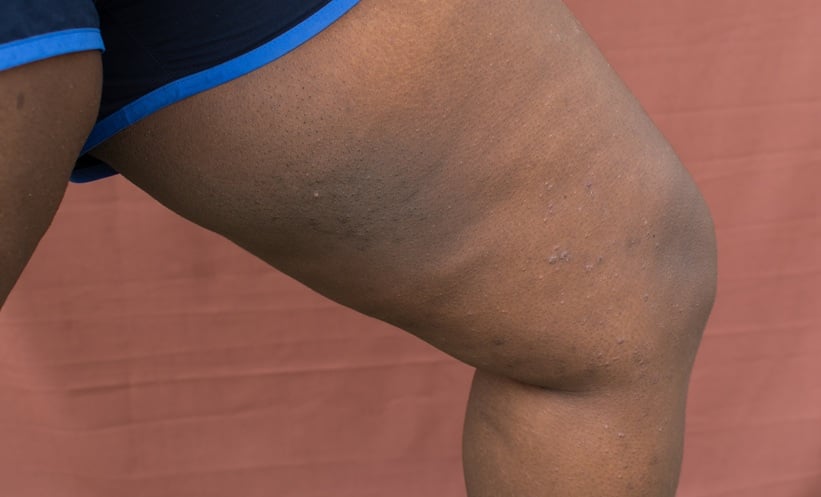A RECENT cohort study involving 878 patients from the Danish Skin Cohort has revealed a strong link between the severity of atopic dermatitis (AD) and the frequency, duration, and intensity of disease flares. The findings highlight that flare characteristics are not only reflective of disease severity but are also significant predictors of how severe the condition will become in the future.
The study examined flare patterns reported in 2022 and correlated them with patient-reported severity measures recorded in 2023. Patients were grouped based on the number of annual flares they experienced, with the majority reporting between one and five flares per year. Using quantile regression models, researchers found that a higher number of flares was significantly associated with more severe AD symptoms the following year. This relationship remained statistically significant even when adjusting for baseline severity using the Patient-Oriented Scoring of Atopic Dermatitis.
Furthermore, machine learning techniques, specifically boosted random forest models, were used to identify which factors most accurately predicted future disease burden. These models confirmed that flare frequency, duration, and severity were among the top predictors of future AD severity. Conversely, current disease severity was also found to be a strong indicator of future flare occurrence.
Importantly, the study found that more frequent and severe flares were linked with a lower quality of life, as measured by tools such as the Dermatology Life Quality Index and the Patient-Oriented Eczema Measure. These findings suggest that flares are not merely episodic inconveniences but have lasting implications for disease progression and patient wellbeing.
The authors argue that flare data should be more thoroughly integrated into clinical assessments and treatment planning. Establishing thresholds for an acceptable number of flares could help clinicians tailor therapies more effectively and potentially improve long-term outcomes for patients with AD. This evidence highlights the need for a shift in how flares are considered within the broader management of atopic dermatitis.
Reference
Nielsen ML et al. Predictors of flares and disease severity in patients with atopic dermatitis using machine learning. JAMA Dermatol. 2025;DOI:10.1001/jamadermatol.2025.2073.







